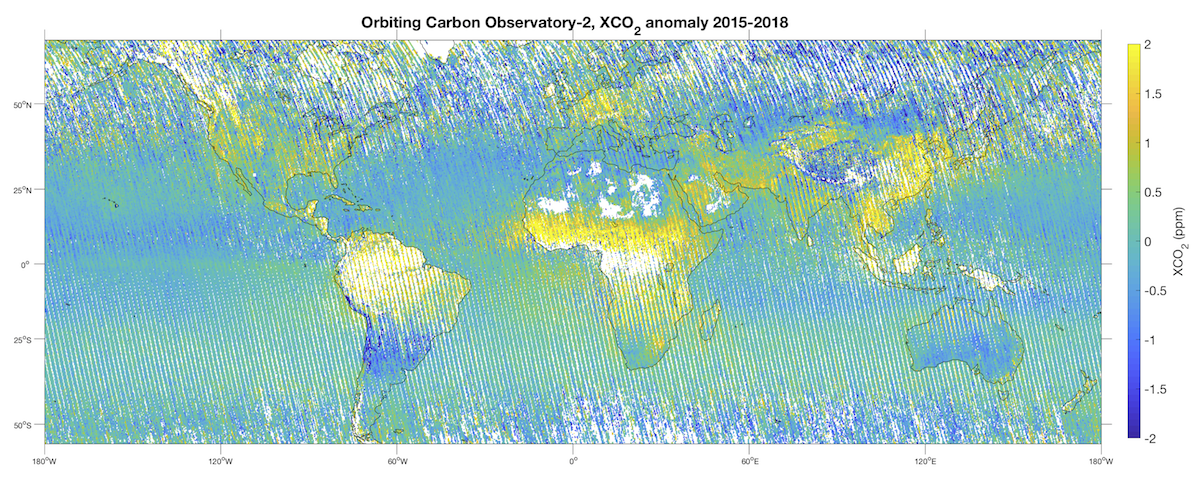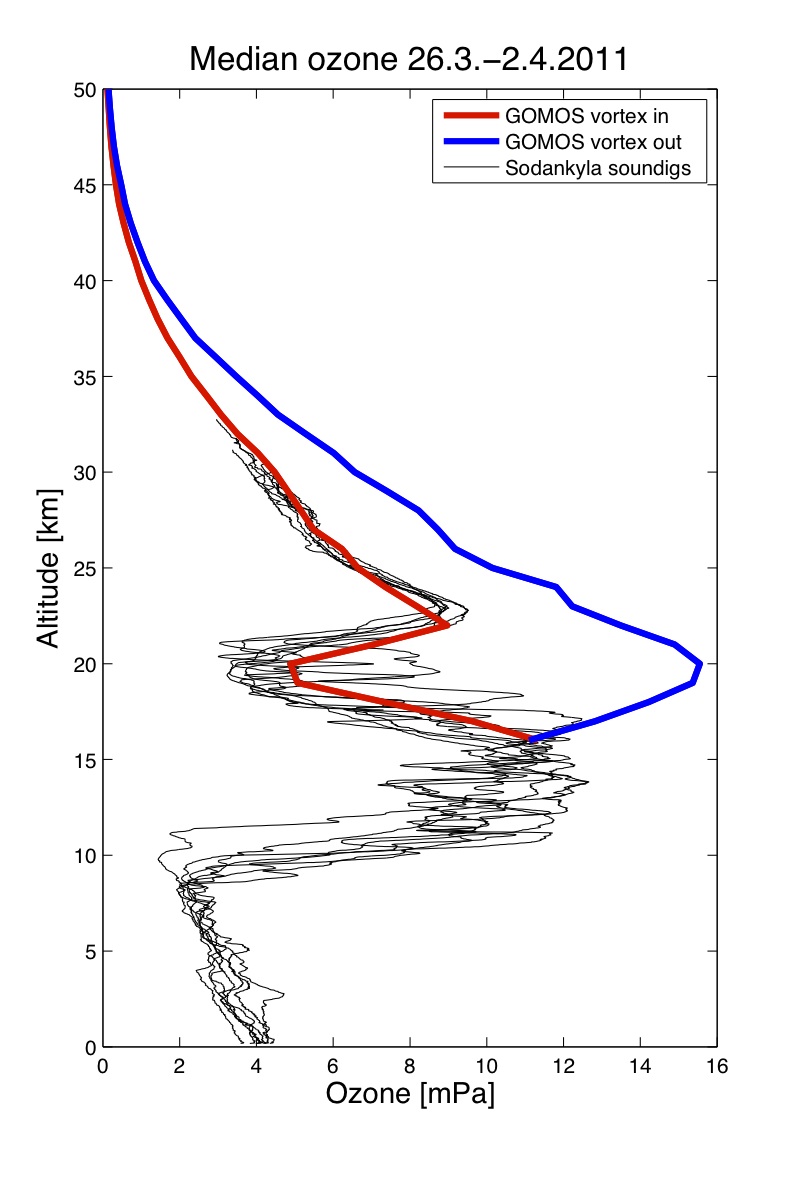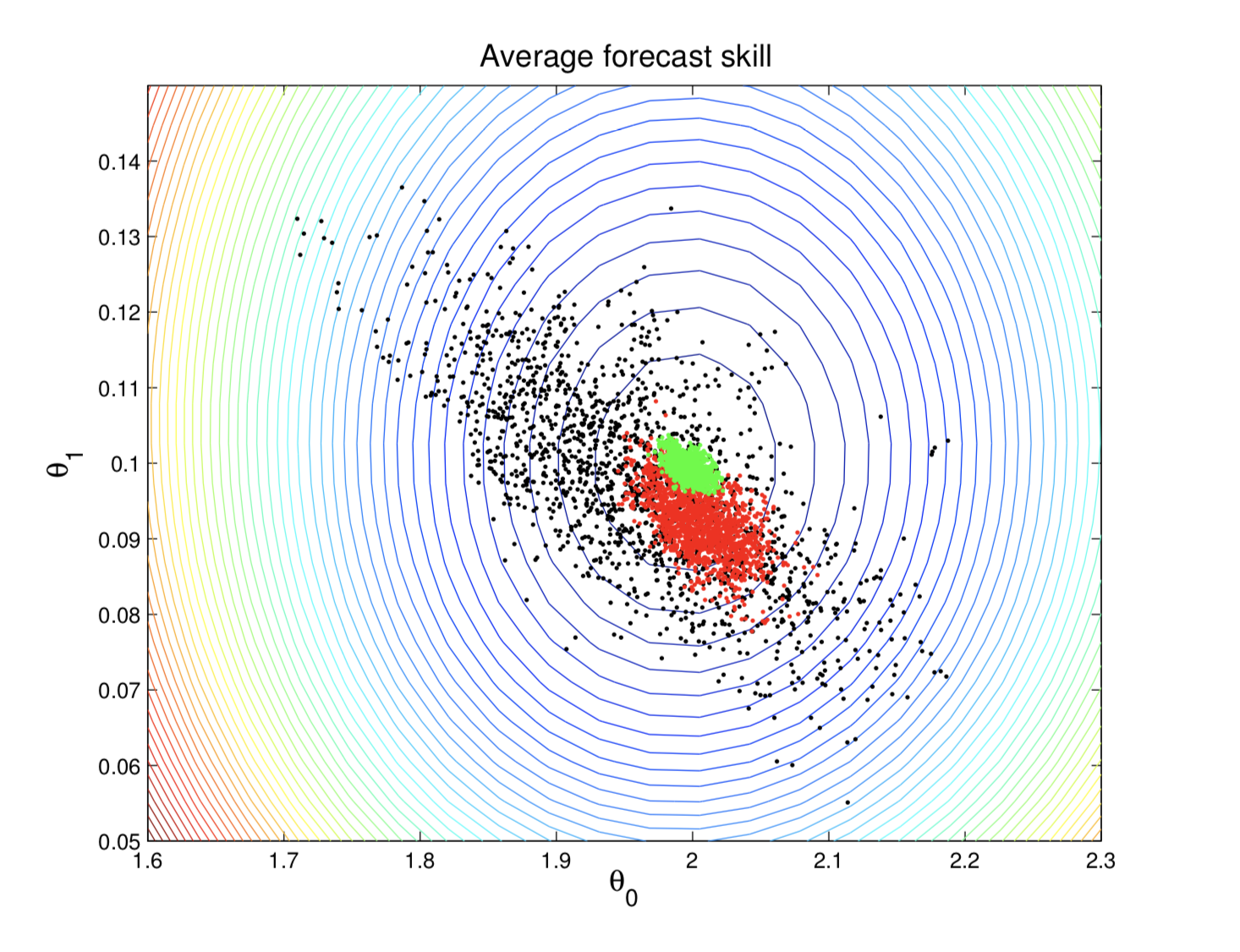XCO2 anomalies

One of the most recent highlight is the development of XCO2 anomalies for NASA’s Orbiting Carbon Observatory-2 satellite. Read more on papers Direct space-based observations of anthropogenic CO2 emission areas from OCO-2 and Analysis of Four Years of Global XCO2 Anomalies as Seen by Orbiting Carbon Observatory-2 or watch the YouTube video below.
GOMOS

One the most successful research project of the team has been working with the Global Ozone Monitoring by Occultation of Stars (GOMOS) instrument onboard Envisat spacecraft. The team participated on instrument design, retrieval algorithm development, uncertainty quantification and science. You can read more on GOMOS and it’s science on ACP’s GOMOS special issue. The uncertain quantification work done with GOMOS was the genesis for adaptive MCMC methodology.
Adaptive MCMC

From the methodological point of view, the success story for team has been the development of the adaptive MCMC methods: An adaptive Metropolis algorithm and DRAM: Efficient adaptive MCMC. As of 2019, these two papers have together more than 2000 citations. One key for success has been the MCMC toolbox for Matlab developed by Marko Laine his PhD thesis Adaptive MCMC methods with applications in environmental and geophysical models. The best part is that the these methods were developed together with real inverse problem applications!